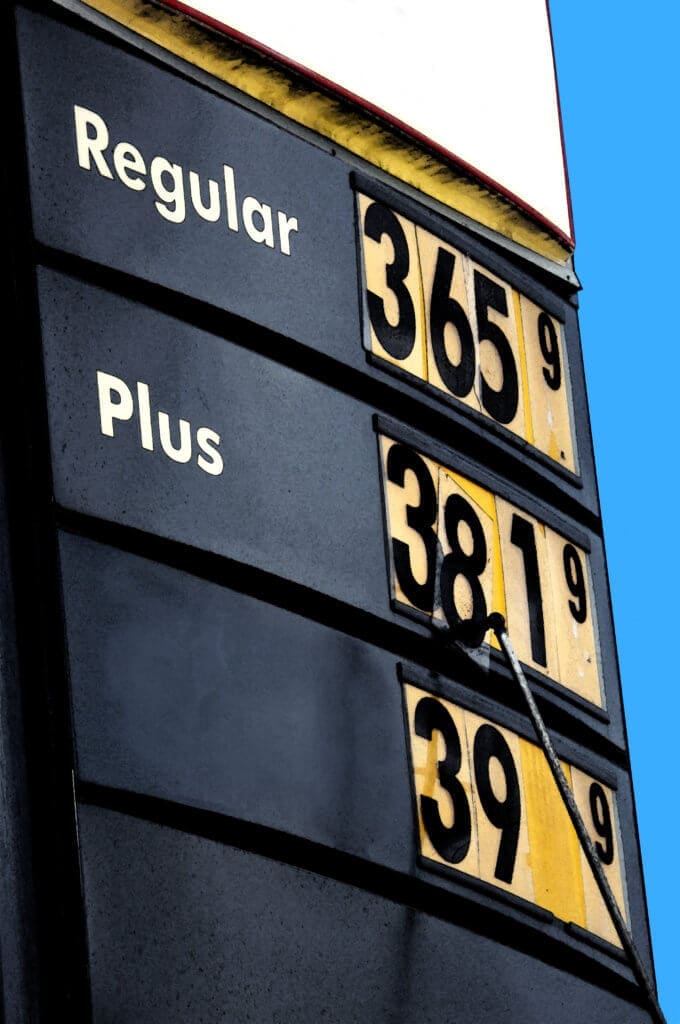Barely a day goes by without a news broadcast about the rising prices of gasoline. The same economic pressures relevant to other product shortages in our country, such as lack of inventory and insufficient staffing, are increasing the price of gas at the pump. Americans are clearly not happy about paying more for gasoline. Is the rising price impacting fuel sales, and in turn, c-store revenue? A quick internet search about 2021 gasoline sales reveals conflicting outlooks:
- March 30, 2021, from Reuters: “US gasoline demand exceeds 2020 levels for the first time in 2021.”
- May 20, 2021, from Advisor Perspectives: “Gasoline Volume Sales Down Almost 16% from All-Time High.”
- July 19, 2021, from NACS: “Sales are Up at Gas Stations, Restaurants.”
In August 2021, the Energy Information Administration announced its predictions for a rise in gasoline consumption in 2022. According to their data, consumption for the first half of 2021 was 8.6 million barrels a day versus 8.3 million barrels per day in 2020. They estimate demand to rise to 9 million in 2022, but that is still less than the 9.3 million barrels per day consumed before the pandemic began in 2019.
So what’s going on?
With the law of supply and demand, rising fuel prices usually indicate a greater demand for a product than its availability in the marketplace. Part of this does reflect what’s going on. In fact, several oil refineries are still not operating at total capacity since reducing workload at the beginning of the pandemic. Other refineries enjoy getting a higher price per barrel and feel they have no reason to ramp up production that will lower this price.
what’s going on. In fact, several oil refineries are still not operating at total capacity since reducing workload at the beginning of the pandemic. Other refineries enjoy getting a higher price per barrel and feel they have no reason to ramp up production that will lower this price.
Is it possible that reducing your price a little could increase your overall revenue by attracting more customers and generating greater sales?
This is where it gets interesting. Studies have shown that nearly 6 out of 10 drivers will choose a fuel station based on price. But with modern price analysis software, most stations in an area are priced the same or within pennies from each other. Convenience stores now rely more heavily on criteria such as location, brands, meals-to-go selections, and loyalty rewards programs to compete for business. Plus, just look at the ups and downs we experienced in 2021. Demand was up and down and up again, all within a continuously rising price environment. It turns out gasoline demand is a complicated matter related to several factors. As the 2017 NACS Consumer Fuels Survey revealed, upwards trends in gasoline purchases at the time were not associated with lower prices–people don’t use more gas because it’s less expensive. Instead, employment was substantial, and many Americans were using more fuel to commute to work. “More than 40% of all Americans (41%) who said they are driving more said it was because of their job, whether it was a new job, a second job, or a longer commute. Only 8% said that they were driving more because gas prices were low. Consumers are essentially saying that a low unemployment rate affects miles driven more than low gas prices. And that is particularly true for younger Americans, with nearly half (49%) saying they were driving more because of a job. The trend is even more pronounced for consumers working in larger cities: 55% said they were driving more because of a job.”
What happens when more people are skipping the commute and working from home instead?
In December 2020, CNBC published an article forecasting that 25% of Americans would be working from home in 2021. It turns out this estimate was far short of reality. In October 2021, Gallup released survey information showing that 45% of full-time employees are working from home either part-time (20%) or full-time (25%) as of September 2021. 90% of those employees have no desire to change it, either.
Here’s why this information is essential to your business.
For convenience store owners, this information is critically important. It means that fewer people are commuting to work–which means there may be less of a demand for fuel, and likewise impacting purchases for food, beverages, and grab-and-go meals inside the store. And one of the most important takeaways is this: demand from these consumers is unlikely to change because of alterations in the price of a gallon of gas. To be fair, gasoline consumption in other areas has increased. For example, most remote employees are also shopping from home, so consumption by semi-trucks and delivery vehicles is strong. If your c-store can expand to card-lock services with gasoline and diesel products, now may be the perfect time to consider the investment.
If you want to increase your bottom-line profitability, you need to consider more than gas price.
Contact our experts at GP Energy to help analyze your business and introduce you to strategies to increase your revenues and profitability. We work with business owners to implement complementary product services that enhance their business success, from card lock functionality to grab-and-go meal programs, car washes, and more. We can help you search for the right location, select between branded or unbranded fuel, build your business brand, diversify your product line, select ancillary services to boost your bottom line, and so much more. By partnering with GP Energy, we can help your business unlock its potential with new opportunities and achieve unimaginable success. Contact us today to get started.




